News & Articles
Browse all content by date.
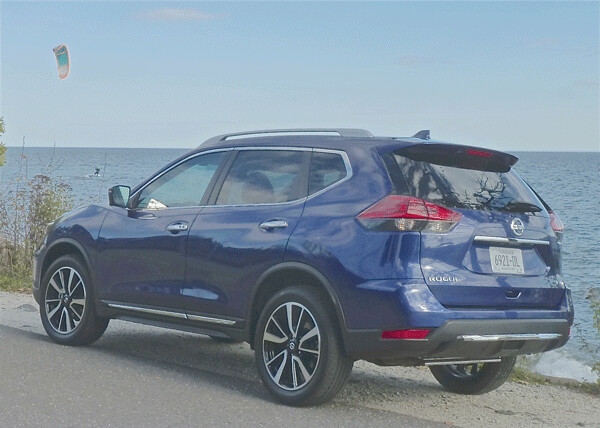
The automotive media is guilty, and I’m no exception. With all the new cars and SUVs hitting the market, it gets easy to look for the most whiz-bang new stuff and, in the process, wind up overlooking some very deserving new vehicles that do more than just a competent job.
Nissan falls into that category of being overlooked and underrated, so we need to set that straight, focusing on two specific vehicles — the hugely popular Rogue SUV and the vastly underrated Sentra compact sedan.
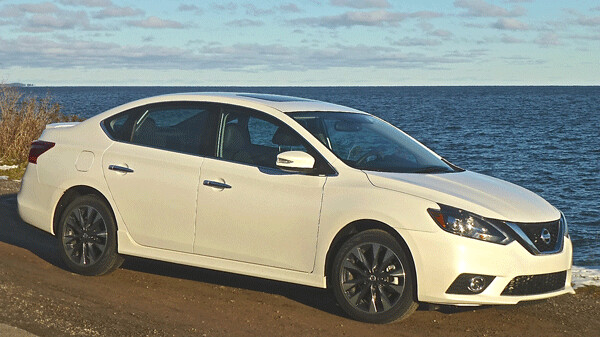
When it comes to crossover SUVs (CUVs), the Rogue is a favorite of both my wife, Joan, and me. It always has been a tidy design, where everything fits, competing right well against the CR-V and RAV4, and to some occupants fit people better and performed better.
And while the Sentra was only a favorite 20 years ago, when Nissan made a classic sleeper as a hot-rod SE-R, I find the new design a vast improvement, making the Sentra look more like a downsized Maxima-Altima than the soap-carving it used to resemble, and it has made a sly move back to bring to life the SE-R. For 2017, the test drive car I got defied Motor Trend’s premature capsule that lists the listless 1.8-liter engibe with 130 horsepower as the only available engine, and came as the SR, with a turbocharged 1.6 instead, boosting it to 188 horsepower and 177 foot-pounds of torque.
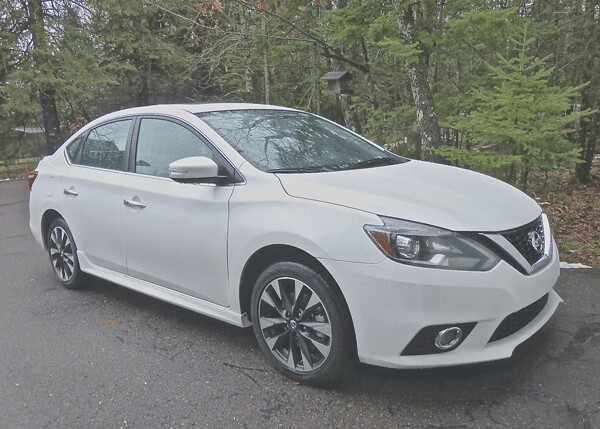
While regularly reading a couple of auto magazines, I noticed a comparison test Motor Trend ran last December, comparing the six top compact crossover SUVs now out on the market.
The magazine ranked the CUVs as follows: 1. Mazda CX-5, 2. Honda CR-V, 3. Hyundai Tucson, 4. Subaru Forester, 5. Toyota RAV4, and 6. Ford Escape. I’m not challenging those findings. I’ve driven all of those CUVs and I’m very impressed by all of them. But Motor Trend pointed out in that article that the 2016 Jeep and Nissan Rogue, and 2017 Kia Sportage, “but we cuit them from our finalist list because they didn’t live up to our exacting Big Test criteria.”
That’s a slap in Nissan’s face, and maybe undeserved.
A couple months earlier, Motor Trend ran its annual chart with brief capsules on every car available new for 2017 and when it got to the compact Nissan Sentra, it praised new safety features but noted the car was restyled for last year. It said drivers should choose “Any other compact over any Sentra with the standard engine; its lack of pep puts it at a driving-dynamics disadvantage.” Then it pointed out that the Sentra had no alternative to its slow 1.8 base engine.
I must confess to being slow getting to my analysis of those particular vehicles, but I felt that these two capsules were unfair to a company that I had recently noted had risen dramatically in sales over the past year, while many other companies have struggled.
In January of this year, Nissan gained a sales record with an increase of 3.6 percent, as a 22 percent increase in truck and SUV sales offset an 11 percent decline in car sales for the month. But Nissan was perking along at an industry-best gain or 5.4 percent, month-to-month cimpared to 2016. The full-size pickup Titan had an enormous increase, but the Rogue had a 46 percent rise, which is remarkable.
Among cars, Nissan as a company has made stunning strides, particularly with its smaller engines. As a part of the joint Nissan-Renault alliance, the company has an arrangement with Mercedes, coordinating on joint building of small but potent 4-cylinder turbocharged engines. There is one engine Daimler designed that Nissan builds at its Tennessee plant, and another built by Nissan in its United Kingdom engine plant, with both of them used in various models, including the Mercedes C-Class sedans and GLA, and the Infiniti QX-30 SUVs and midsize sedans.
Both companies get substantial reward for the engine combine, as driving any of the cars from either company provides evidence of great performance and very high fuel economy. While Nissan’s 1.6-liter 4-cylinder may not have any influence by Mercedes, obviously the building of those engines has put Nissan at the top of its engine-building game.
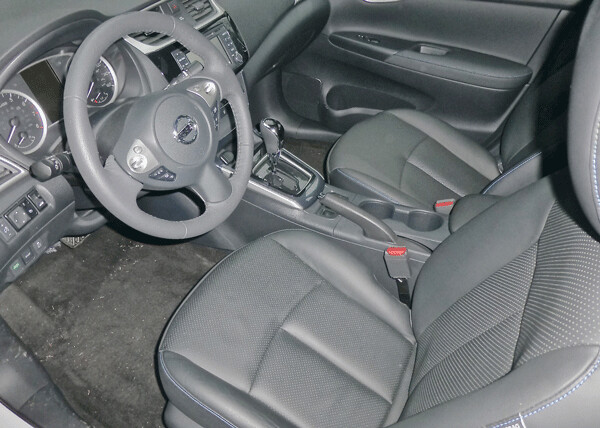
Nissan makes a line of high-performance vehicles clustered under the “NISMO” nametag. Nismo is short for Nissan Motorsports, and it guarantees satisfying acceleration, braking, steering, cornering, and even visual appeal. The key, of course, is the finely-tuned engine, and that’s where we’re heading today. The Sentra SR 1.6 Turbo has a few upgrades other than the engine, but it lacks the rock-hard ride and razor-sharp handling as the Nismo, which only makes it more tolerable as a family compact. With a smirk.
This car is aimed at the Honda Civic Si, or the Hyundai Elantra Sport, but it slides in at a base price of $21,990. The as-tested price was $25,940, including leather seats, blind-spot and rear cross-traffic warnings, navigation, power seats and a BOSE audio upgrade. That makes it a bargain in any company, particularly while still delivering 33 miles per gallon on the road -- and I got over 35 in town on some trips.
The CVT (continuously variable transmission) works well and might be considered boring, except that the test SR had the Xtronic version of the CVT, which included paddles for controlling shifts manually.
Driving the pure white Sentra SR again proved Nissan’s subtlety, with the tiny emblem on the rear the only indication that this car was anything but the normal, and possibly mundane, compact economy car. Traction control, vehicle dynamic control, active understeer control, and electronic brake force is all standard, as is a brilliant innovation on the normal tire-pressure monitor system.

As usual, a light comes on if one of your tires drops below specified minimum air, but unlike others, when you stop at a service station that has air, as you put air into the tire, the sensor beeps when you’re reached the desired level. Brilliant. Particularly compared to the many times I’ve done a half-dozen trial and error attempts to get the blasted light to go out.
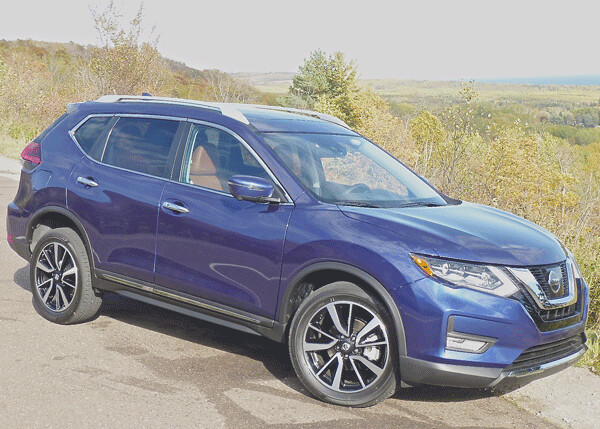
Going back to the Rogue, nobody complains about lack of power from the standard 2.5-liter 4-cylinder, which has 170 horsepower and 175 foot-pounds of torque, good for a 1,000-pound towing capacity. The SL version of the Rogue also gets to use the Xtronic version of the CVT with manual capabilities, and the electronic safety features of cross-traffic alert, dynamic control, and blind-spot detection.
Second row seats fold down independently and slide fore and aft, and a cramped but occasionally useful third-row seat is available. Base price of $24,000 can rise to over $31,000 if you check all the boxes, but the large sunroof and the 9-speaker audio are hard to pass up. The compact crossover segment is jammed, with over 35 vehicles battling for market share. And to repeat, I’m not issuing total disagreement with Motor Trend’s ranking of the top six CUVs, I just think they shouldn’t dismiss a vehicle as impressive as the Rogue so cynically.
Driving the Rogue offered the good familiar feeling I’ve always appreciated in the Rogue, and the vehicle feels more planted than ever with increased use of high-strength steel. And as for performance, some companies have revised their entire engine lineup, others have worked on refining and making their engines more efficient and more powerful. Using direct injection and, in the Sentra SR’s case, the turbocharging, means Nissan engines are a standard of the industry.
If you don’t believe me, ask Mercedes.
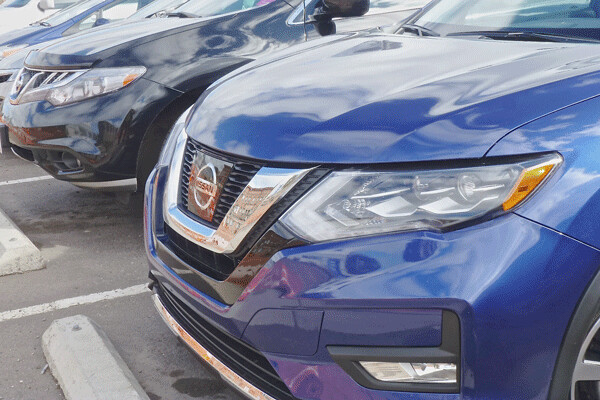
| Tweet |


